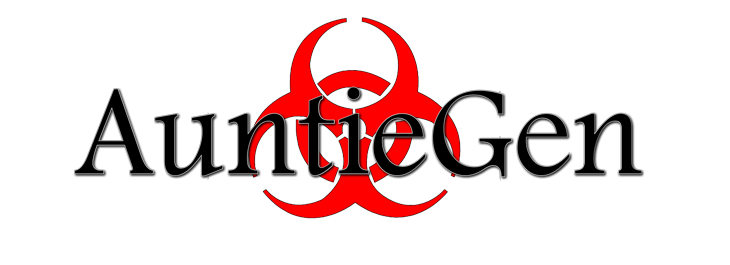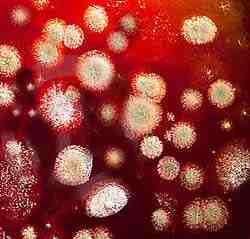CIRS Chronic inflammatory response syndrome caused by mold toxicity or Lyme disease is becoming a recognizable worldwide problem. Those that suffer of or from this miserable condition are making professionals become aware of this debilitating illness, But they still get their labs drawn, but many people who don’t know how to understand their CIRS/mold toxicity lab results. That’s why we put together simple descriptions of the individual CIRS markers.
C3a & C4a
The normal range for c4a is 0-2830 ng/ml. Elevated levels are very common with CIRS/mold illness. It is an important lab for evaluating how reactive someone has become to a moldy environment, and is a marker of the complement cascade of the innate immune system. Elevated c4a strongly correlates with fatigue due to mitochondrial or cell dysfunction. Other symptoms noticed with an elevated c4a include word finding difficulties, brain fog, memory and concentration impairment, and problems learning new information. C4a levels above 20,000 and low MSH levels means a person is hypersensitive and should not live in a home with an ERMI score above 1. High C4a levels are also seen in Lyme disease and Lupus.
The normal range for c3a is 55-486 ng/ml. C3a is an inflammatory marker that is usually elevated in lyme-like illness or a significant bacterial infection. It may help in the diagnosis for lyme disease.
For more information and testing please visit: https://sanctuaryfunctionalmedicine.com/contact-us/


Recent Comments